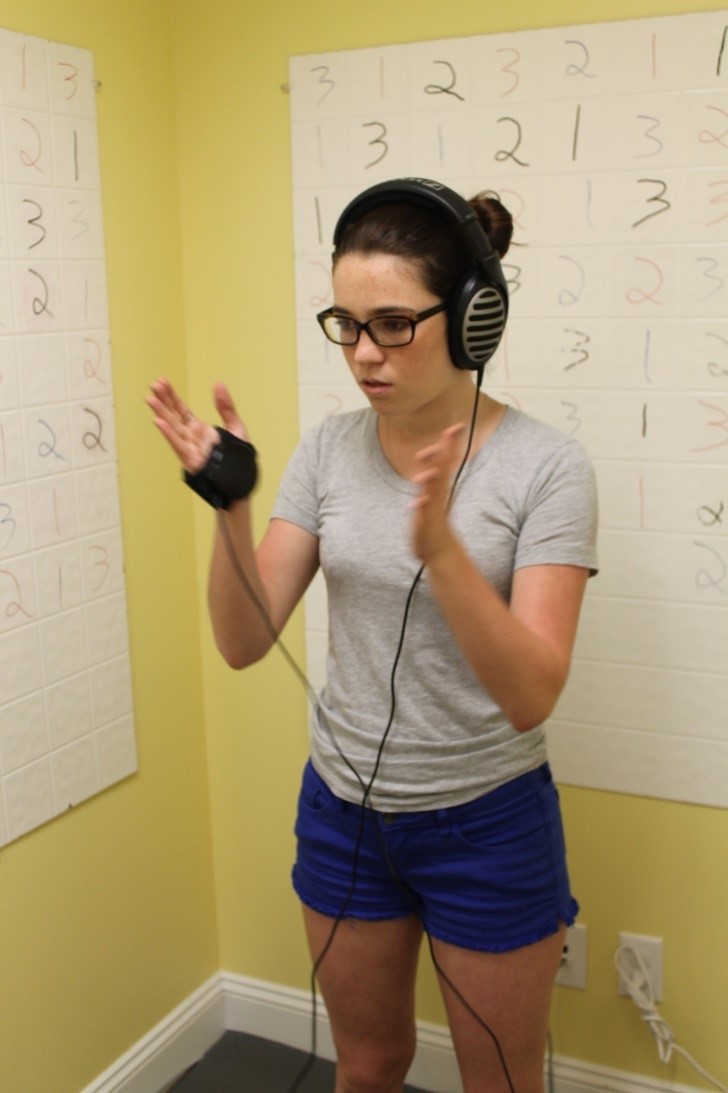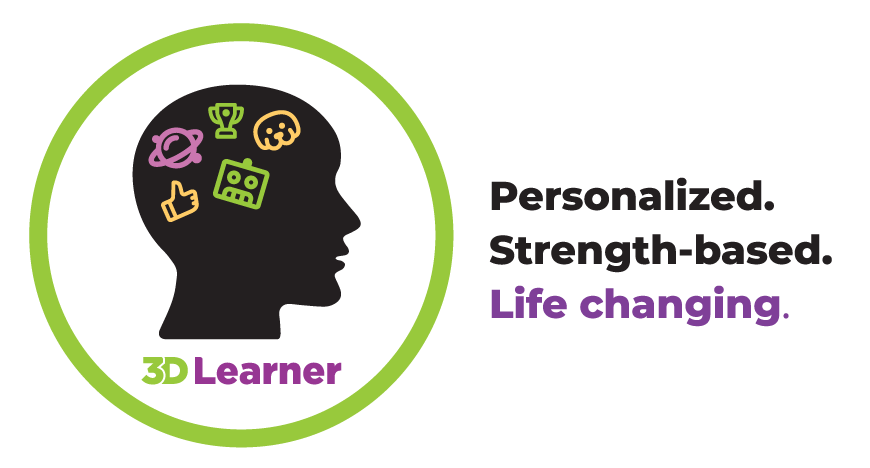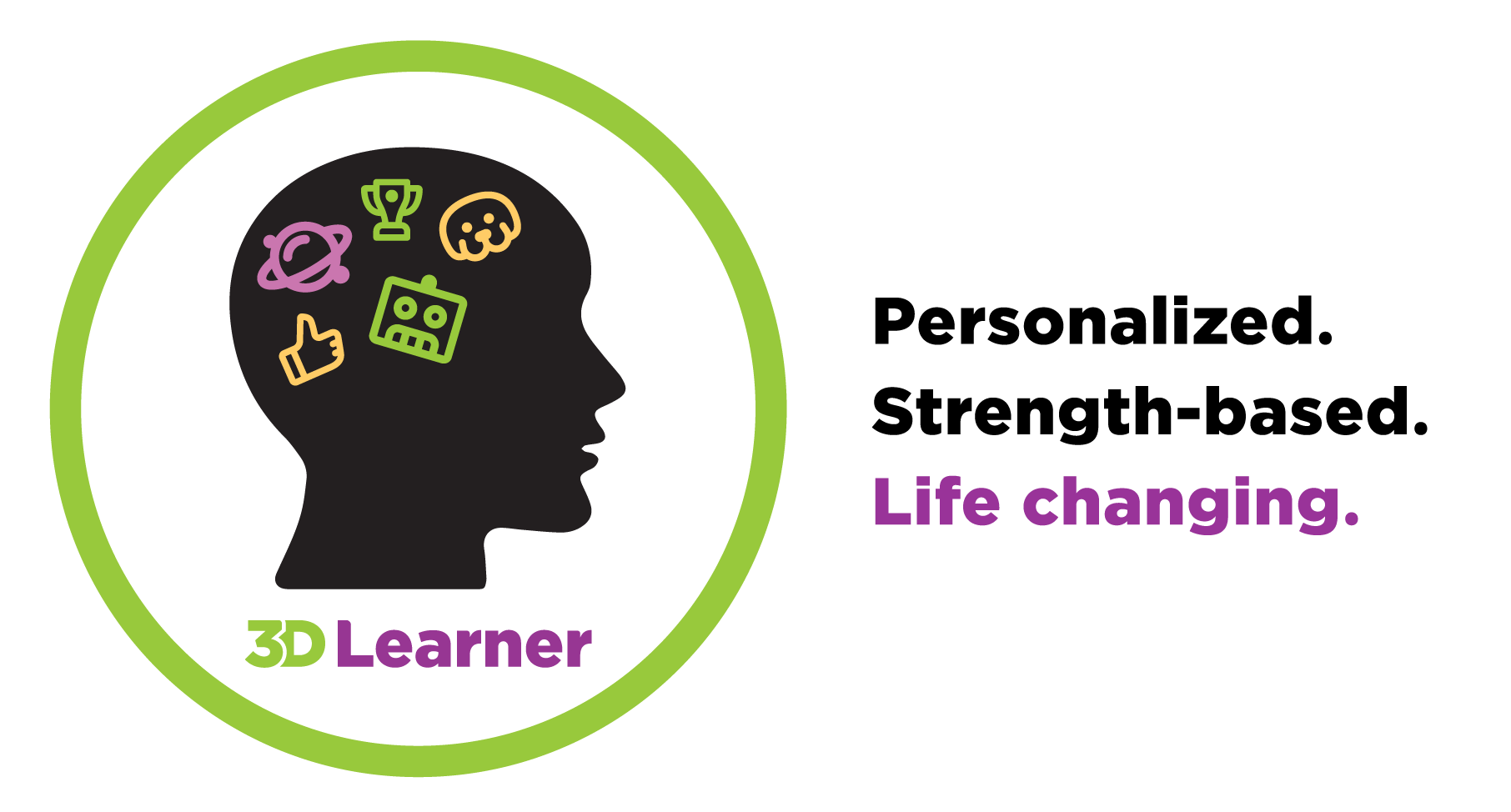There is growing evidence that attention, anxiety, and dysregulation issues in children are increasing, and in many cases, the symptoms are becoming more severe. Factors like increased screen time, reduced physical activity, academic pressures, environmental stressors, and even post-pandemic effects on social and emotional development have been linked to this trend. Studies also suggest that these issues may often co-occur with neurodevelopmental conditions such as ADHD, autism spectrum disorder (ASD), or sensory processing difficulties as well as in highly gifted kids.
Too often the problems get worse and a child’s behavior at school becomes the big issue. What lies beneath is often missed or ignored.
In this blog post, we want to share:
- A brief description of attention, anxiety and dysregulation
- 7 strategies every parent can use to address these issues
- How 3D Learner can help your child to address attention, anxiety and dysregulation issues with the use of the Interactive Metronome ®, the Safe and Sound Protocol ® and our student and parent coaching
If your child would benefit from improved attention and a reduction in anxiety and dysregulation, give 3D Learner a call at
561-361-7495 or 919-371-5295
or click here to set-up a no cost conversation on
How to Address Attention, Anxiety and/or Dysregulation for your child
Attention, Anxiety and Dysregulation issues described
- According to Dr. Thomas Brown, an internationally respected ADHD expert, “Inattention is the inability to pay attention to that which is boring”. He went on to add that it is often the child who can hyperfocus on something they enjoy for hours but has trouble paying attention to that which is boring or frustrating. Kids are engaged in video games, using their hands, eyes and ears; they can hyperfocus on playing those games.
- Anxiety is often an invisible condition, where the child feels anxious in specific situations. There are often multiple triggers that cause anxiety to worsen
- Dysregulation is when a child becomes overwhelmed or over stimulated and loses control of their emotions. These episodes can often worsen over time if they do not learn what triggers it or how to self soothe or regulate their emotions.
7 Strategies to address attention, anxiety and dysregulation
- Increase physical activity. As Dr. Daniel Amen, a psychiatrist suggests, “An hour of physical activity is better than any medication I can prescribe”
- Consistent schedule that includes quiet time and a good night’s sleep. This may be 8 or 9 hours
- Hydration and healthy eating. Teaching kids to consistently sip water will help students maintain focus. Intake of a healthy diet that includes a lot of protein is essential
- Music lessons, sports, martial arts training or similar activities that promote brain integration help regulation
- Doing brain integration exercises — as shown in this short video
- Less screen time for the entire family. Create a daily “screen – free” time
- Being a calmer parent who keeps your cool and provides clear and positive instructions — using visual aids, when needed and LESS WORDS using a lower voice.
The Role of the Interactive Metronome (IM) and the Safe and Sound Protocol (SSP)
Many 3D Learner students have challenges with attention, anxiety and/or dysregulation. Many of our parents want a natural and effective option to improve attention, reduce hyperactivity and impulsive behavior and to reduce outbursts
Both the Interactive Metronome (IM) and the Safe and Sound Protocol (SSP) are evidence-based, neurotherapeutic tools designed to improve attention, self-regulation, and overall sensory and cognitive processing.
1. Interactive Metronome (IM)
The Interactive Metronome is a computerized training program that improves timing, rhythm, and coordination. It is based on the principle of neuroplasticity, using auditory and visual feedback to improve the brain’s timing and synchronization. This has significant effects on attention, self-regulation, and motor planning.
How it Works:
- Children perform repetitive, rhythm-based motor tasks (like clapping or tapping) to a metronome beat.
- Feedback (in the form of sounds or visuals) helps correct timing errors.
- By improving neural timing, IM enhances the brain’s ability to process information efficiently.
Benefits for Attention and Regulation:
- Improves sustained attention by enhancing the brain’s ability to filter out distractions.
- Enhances working memory and processing speed, critical for tasks requiring focus.
- Boosts self-regulation, as better brain synchronization helps children manage impulsivity and emotional responses.
- Can improve motor coordination, which often overlaps with self-regulation and sensory integration challenges.
- Improved athletic, dance and martial arts skills
Here is a video showing how the Interactive Metronome works
2. Safe and Sound Protocol (SSP)
The Safe and Sound Protocol, developed by Dr. Stephen Porges, is a therapeutic listening intervention based on his Polyvagal Theory. It uses specially filtered music to calm the autonomic nervous system, improving self-regulation and social engagement.
How it Works:
- Children listen to music that has been specifically engineered to target the vagus nerve, a key component of the parasympathetic nervous system.
- The music reduces the “fight or flight” response, helping the child move into a calmer, more regulated state.
- SSP targets auditory hypersensitivities and improves the ability to process social cues.
Benefits for Attention and Regulation:
- Helps calm anxiety by reducing physiological arousal and hypervigilance.
- Improves emotional regulation and reduces meltdowns or shutdowns.
- Enhances the ability to focus, as children move out of a hyperactive or avoidant state and into a more engaged state.
- Improves auditory processing, which supports better listening, language comprehension, and communication.

Synergy Between IM and SSP
When used together, these tools can have a complementary effect:
- SSP helps children achieve a calm, regulated state, which primes the nervous system for learning and higher-level tasks.
- IM capitalizes on this regulated state to build cognitive and motor skills that support sustained attention, focus, and impulse control.
Case Studies and Outcomes
Studies and clinical reports show that children who complete programs using IM and SSP often demonstrate:
- Reduced anxiety and behavioral outbursts.
- Increased ability to stay focused on tasks in school or therapy sessions.
- Greater ability to transition between tasks and regulate emotions during challenging situations.
- Improved sensory processing, making them more comfortable in everyday environments.
If your child would benefit from improved attention and a reduction in anxiety and dysregulation, give 3D Learner a call at
561-361-7495 or 919-371-5295 or
click here to set-up a no cost conversation on
How to Address Attention, Anxiety and/or Dysregulation for your child
with the Interactive Metronome and/or the Safe and Sound Protocol





